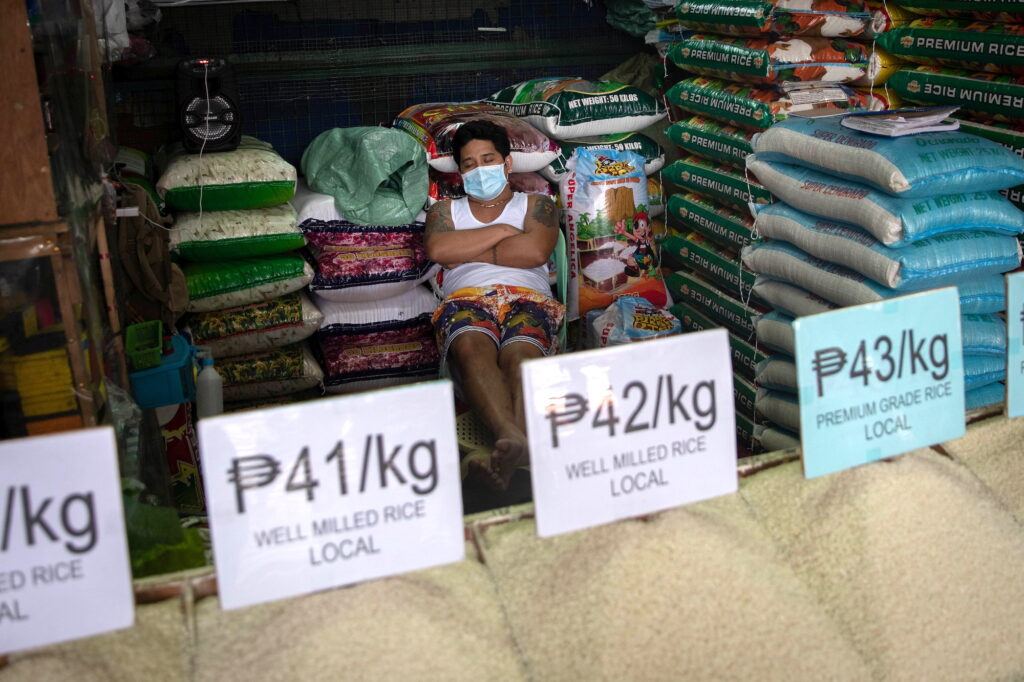Manila (Reuters) – The Philippines said on Tuesday it has extended until the end of 2022 an executive order that lowers the tariff rate for rice imported from outside Southeast Asia to 35 percent from 40 to 50 percent.
Racing to tame inflation, the government also cut tariffs on corn and pork and announced the temporary removal of a seven percent duty on coal imports, a key fuel in power generation.
The modified tariff schedule, initially issued last year and extended by President Rodrigo Duterte last month, was made public on Tuesday after data showed inflation in May at the highest since November 2018 and above this year’s two to four percent target band.
The Philippines, which is forecast to be the world’s second-largest rice buyer this year after China, is projected to import 2.8 million tons for marketing year 2022/23 to cover a domestic shortfall, according to the US Department of Agriculture.
The reduction brings the tariff on rice in line with the prevailing 35 percent rate for imports from the country’s Southeast Asian neighbors.
The Philippines, which is forecast to be the world’s second-largest rice buyer this year after China, is projected to import 2.8 million tons for marketing year 2022/23 to cover a domestic shortfall, according to the US Department of Agriculture.
The Philippines remains heavily dependent on Vietnam for its import requirements and also buys some volumes from Thailand.
It seldom imports from India, the world’s top exporter, but Manila has recently floated the idea of diversifying its sources for cheaper supply, with Indian rice as an alternative.
Manila’s decision to keep rice tariff rates low comes at a time when Thailand and Vietnam are planning to raise prices, although a top Thai industry official had raised questions over the plan’s viability.
Corn tariff rates have been cut to five to 15 percent, effective until end of 2022 and reverting to 35 to 50 percent next year, while tariffs on pork products will remain at a lower 15 to 25 percent until year-end and revert to 30 to 40 percent next year.
(Reporting by Enrico Dela Cruz and Karen Lema; Editing by Martin Petty and Kanupriya Kapoor)


